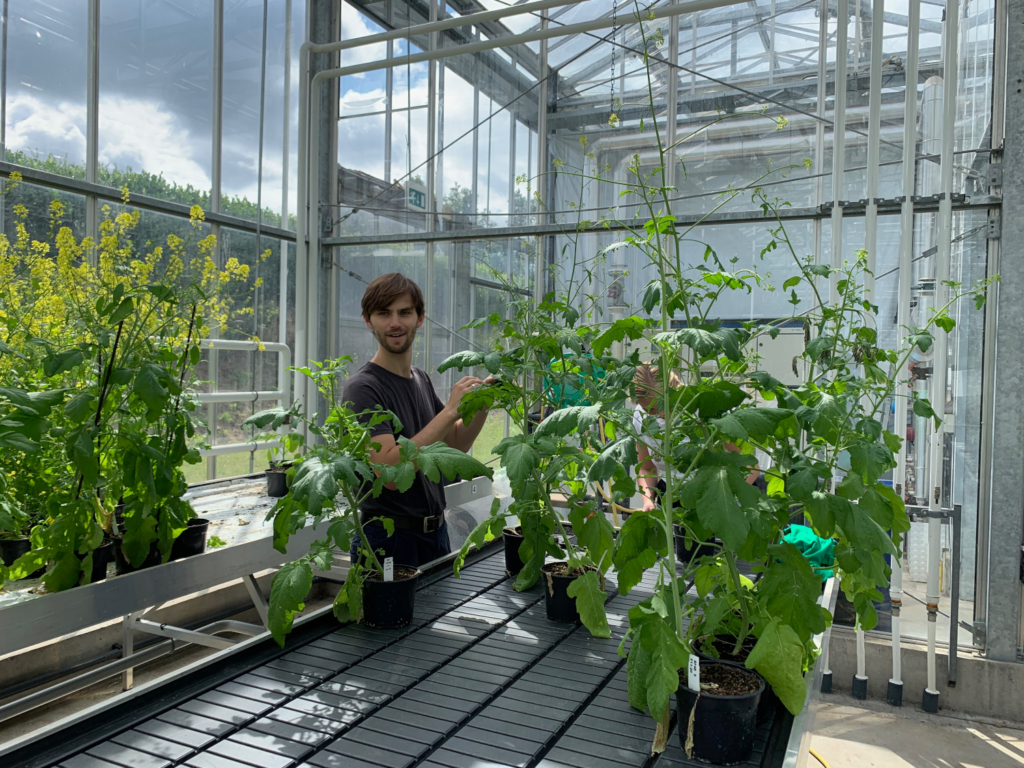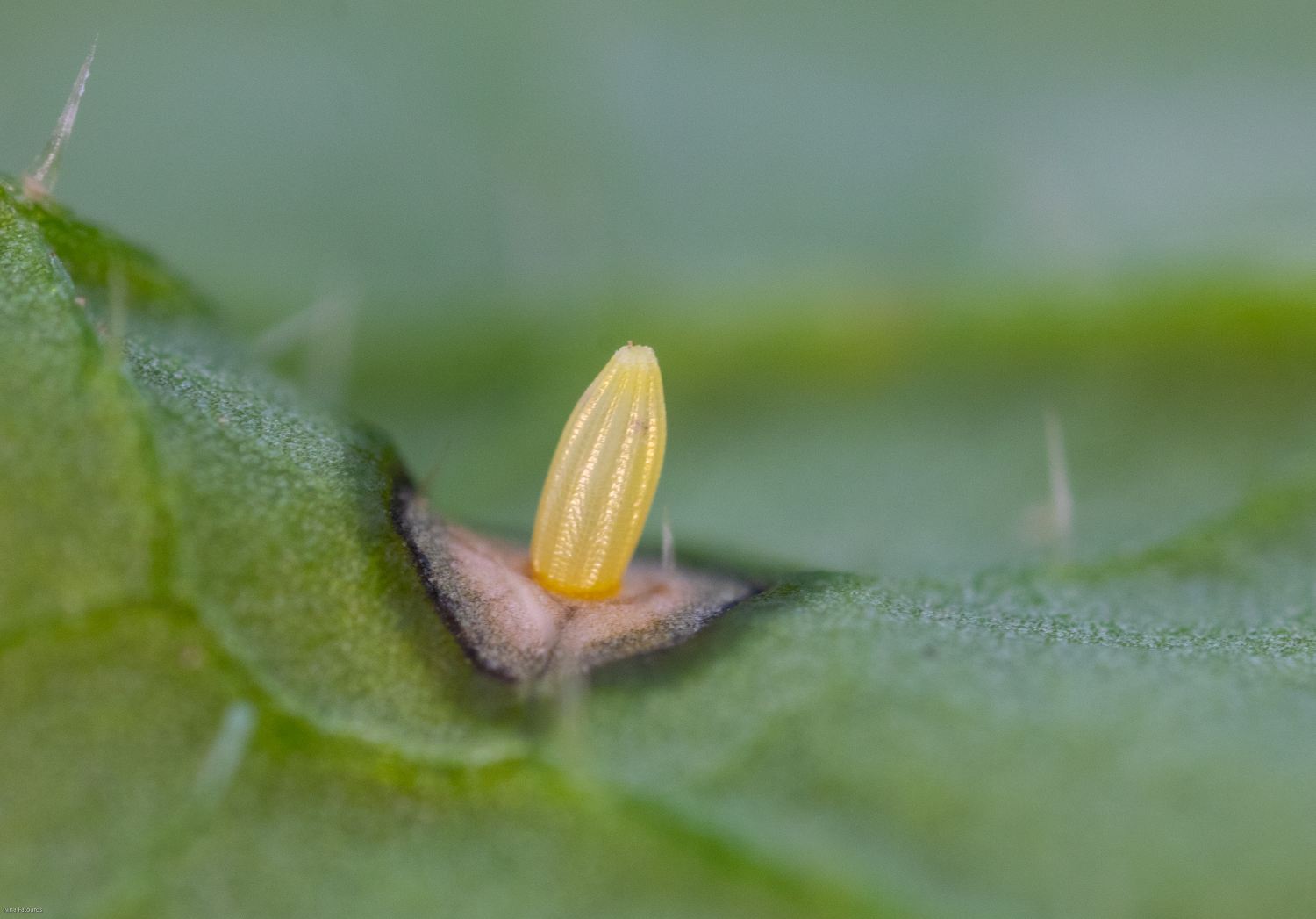Nature’s arms race is endless fascinating. Plants develop all kinds of techniques and strategies to ward off pests. Now Niccolo Bassetti, researcher at Biosystematic, found that some species of the cabbage family add a new chapter to that story. These species kill the part of the leaf where the cabbage white has laid an egg, causing the egg to die. Exit cabbage white.
Bassetti obtained a PhD last week for his study of the genetic mechanism behind this localized suicide. The phenomenon itself has been known since the 1980s. Species from the cabbage family exhibit necrosis (death of cells) in places where cabbage whites have laid eggs.
Many cabbage plants use glucosinolates, the bitter substance in radish, rocket and cauliflower, as a defence against butterflies. To counter this, cabbage whites have developed the ability to break down this toxin. That puts the cabbage v. cabbage white score at 1-1. But some cabbage plants have developed local necrosis. Bassetti’s experiments show the wild black mustard plant is particularly good at this.

Prime suspect
According to Bassetti, it is not entirely clear how the necrosis kills off the eggs. ‘We think the eggs on the dead bit of leaf get dehydrated. We see them shrink. Another explanation is that the egg becomes misshapen because the leaf dries out. It is also possible that the necrosis releases substances that are toxic to the egg. Perhaps all these effects take place; biology is never simple.’
Bassetti looked for the genes in Chinese cabbage and black mustard that are responsible for the deliberate necrosis. Three sites in the genome turned out to be involved in Chinese cabbage. They explained 30 per cent of the necrosis. The wild black mustard was a simpler case with only one site on the genome responsible for the defence response.
Biology is never simple
This piece of the genome consists of 11 genes. It is not yet clear which of the 11 genes is the real ‘murder weapon’. Bassetti has a prime suspect but cannot name it because of an ongoing patent application. ‘You can insert this property in plants where the eggs are a big problem.’ Weapons proliferation in other words, but for a good cause.
Escape routes
A lot of cabbage species could use such improved protection against the cabbage white. ‘In crops the necrosis response is very weak, whereas it is strong in wild black mustard. You often see such differences between crops and wild species. That is due to domestication; the necrosis response gets diluted in the selection for other properties. Modern genetics lets us restore that response and increase genetic diversity.’
That puts the ball back in the butterflies’ court. ‘Some cluster their eggs, which results in fewer deaths,’ says Bassetti. ‘Our hypothesis is that they dry out more slowly. Some butterflies choose to lay the eggs on the flower rather than the leaf. A third option is to move house. That might be what happened with the black-veined white. It escaped the necrosis by changing host.’

 Some plant species kill the part of the leaf where the cabbage white has laid an egg, causing the egg to die. Photo Nina Fatouros
Some plant species kill the part of the leaf where the cabbage white has laid an egg, causing the egg to die. Photo Nina Fatouros